Vision in animals
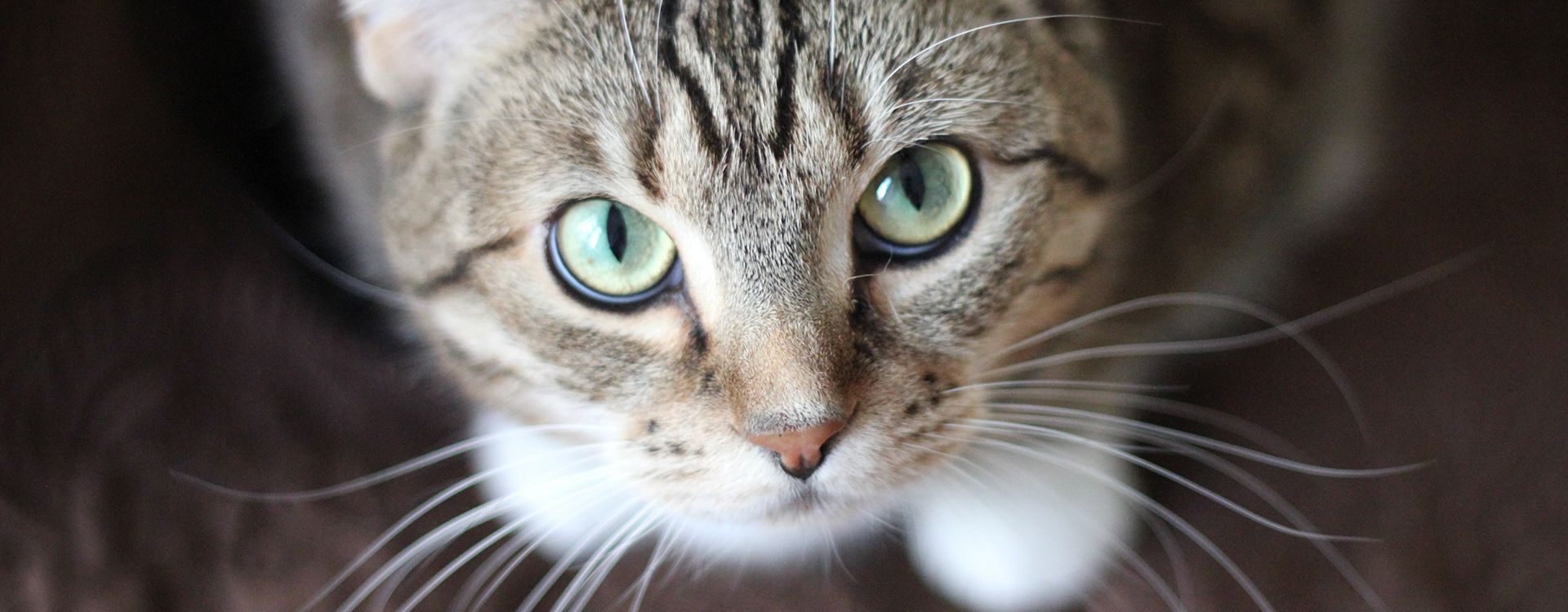

How do animals see the world? Is their vision similar to ours?
These are questions that people have always asked themselves. For a long time, it was thought that animals would see in black and white. Today, we know that this is not true. Animals can distinguish colours. They may have much better visual acuity than we do; and some animals can see very well at night. Birds of prey, cats, owls, and even fish have excellent night vision.
Yet, in both humans and animals, the ability to see functions in the same way. Thanks to two types of cells located in the retina, the eye is able to capture light and transmit information to the brain, which produces an image.
Rods are light-sensitive receptors that can be activated even in low light conditions: they are responsible for general vision by day and night. Cones, on the other hand, are responsible for the perception of colours and details. They react only to daylight.
Day and night
The more nocturnal the animal’s lifestyle is, the greater the preponderance of rods in relation to cones. In addition, owls have pupils that are round, large, and very dilated, which allow the eye to capture as much light as possible.
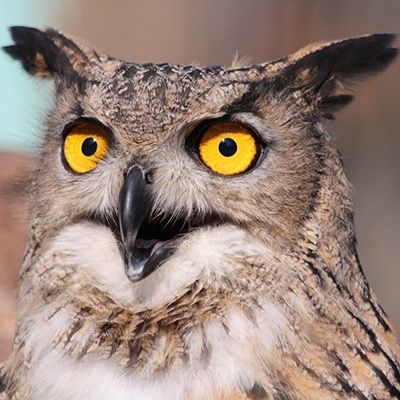
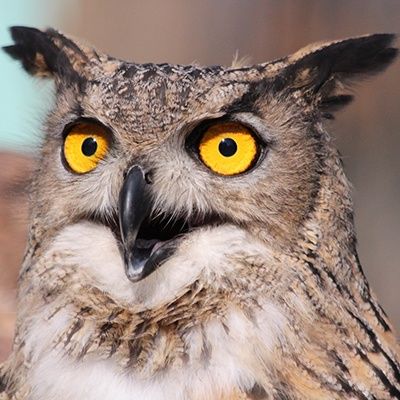

A day-time hunter like a golden eagle has a retina with many more cones than rods, which provides a very accurate image of a distant object.
Humans, dogs and cats
Our eyes can see near and far and, with 100 million rods each, they can capture enough light to help us to find our way at night. Yet, our night vision is still very poor compared to the one of dogs and cats.
A dog’s eye has many more rods than ours; and because its pupil can dilate a lot, it can see clearly even when the light is very dim. Furthermore, it has a reflective membrane behind the retina, the tapetum lucidum, which catches even the slightest amount of light. This is what makes the eyes of dogs (and cats) shine when illuminated by a light source at night.
Dogs cannot see yellow, red, or blue. Their colour palette therefore revolves around green. Yet, they have better peripheral vision than we do thanks, among other things, to the lateral position of their eyes.



Cats are dichromatic: their retina contains two forms of cones, some sensitive to blue, others to green. Like anyone who is colour blind, cats cannot tell the difference between red and green.
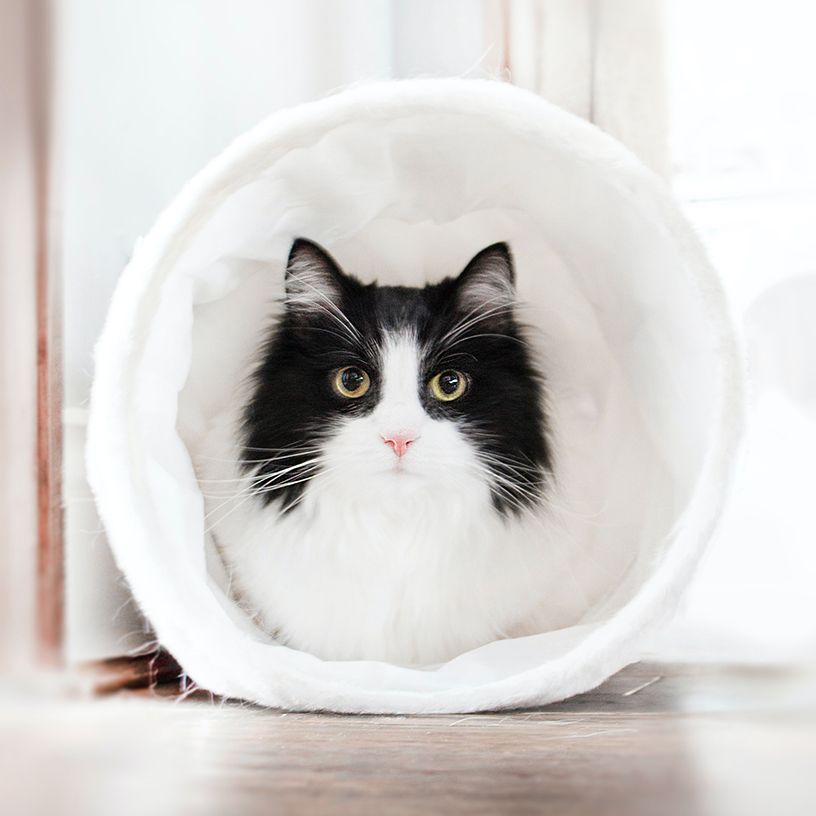
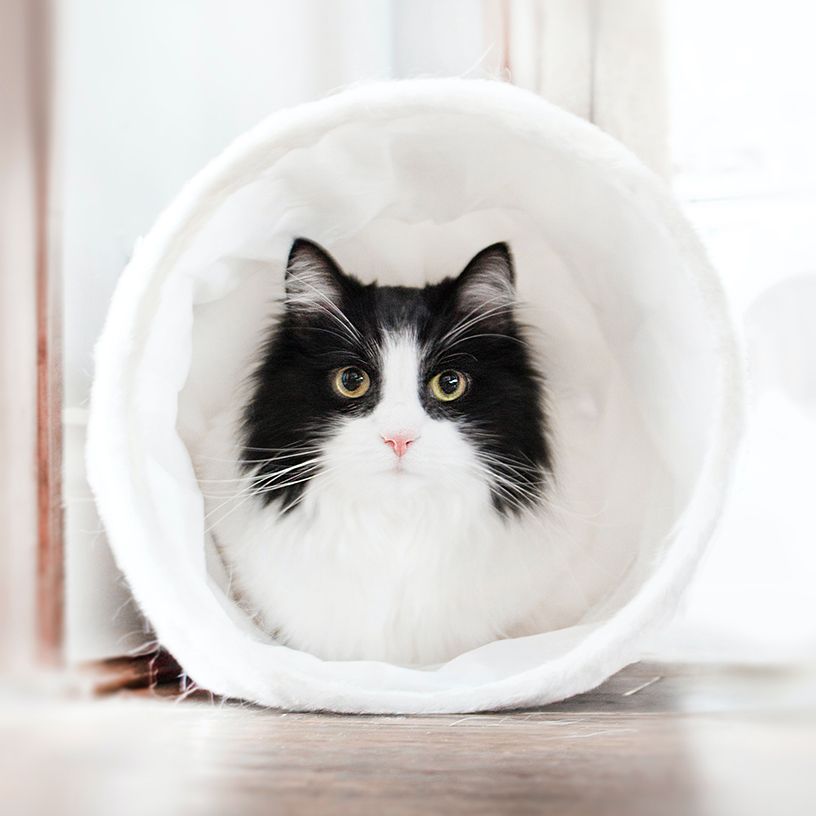

The 150 million rods in their eyes make them formidable night hunters. To protect these very sensitive eyes, pupils are reduced to a thin slit in bright light. While cats’ eyes are highly suited to night vision, they are not very efficient during the day, and they do not give a precise image of objects. Cats are also extremely short-sighted. They see five times less well than a human.
Which animals see which colours?
Shrews and squirrels are, like us, perfectly trichromatic, i.e., sensitive to blue, green, and red. Rodents have very good night vision, but poor colour perception. Rabbits can tell the difference between blue and green. Horses can distinguish certain colours (yellow and green) better than others (blue and red). Cattle cannot see red. Bulls are not actually attracted by the colour of the bullfighter’s cape, but by its movement.
A few facts about animals
Insects have two types of sensors: ocelli (also called “simple eyes”), which are sensitive to light intensity, and compound eyes, which contain a large number of light-sensitive sensors (8,000 in bees, for example). The compound eye of a bee transmits images to the nervous system at a rate of 200 images per second, whereas the human eye transmits 24 images per second.
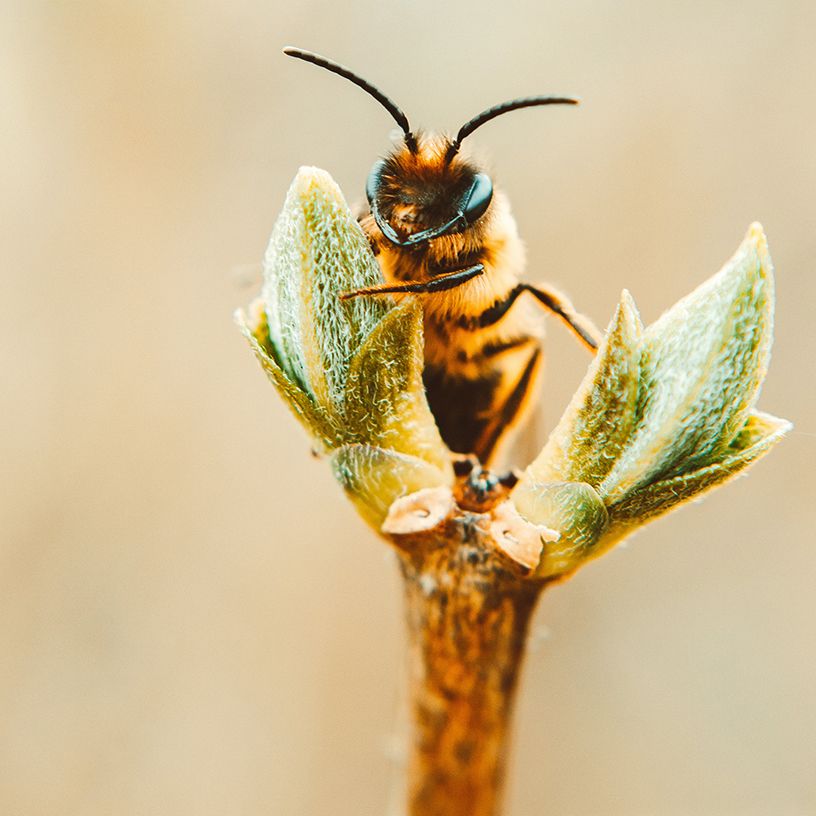
Among reptiles, we know that turtles can differentiate between blue, green, and orange, and that lizards can recognise yellow, red, green, and blue. Finally, birds have a highly developed perception of colour, and indeed seem to base their behaviour on colour more than on shape or movement.


In short, just like the human eye, the animal eye is the product of evolution and it is adapted to the needs of each species and its environment.





